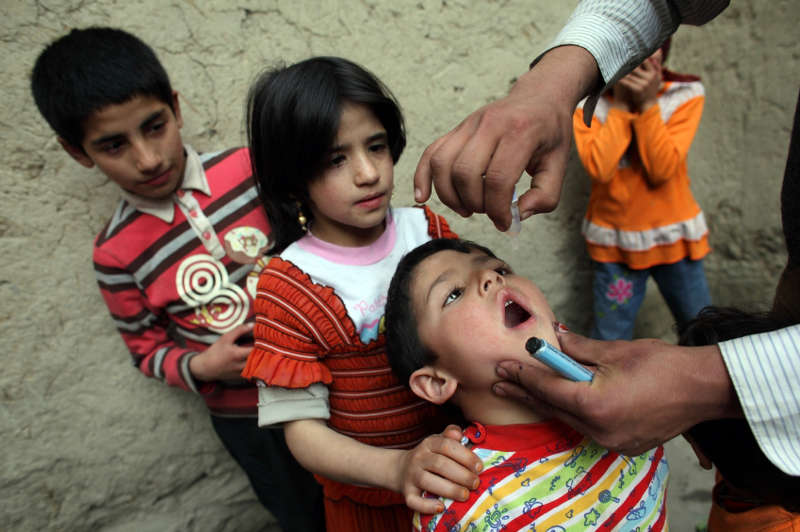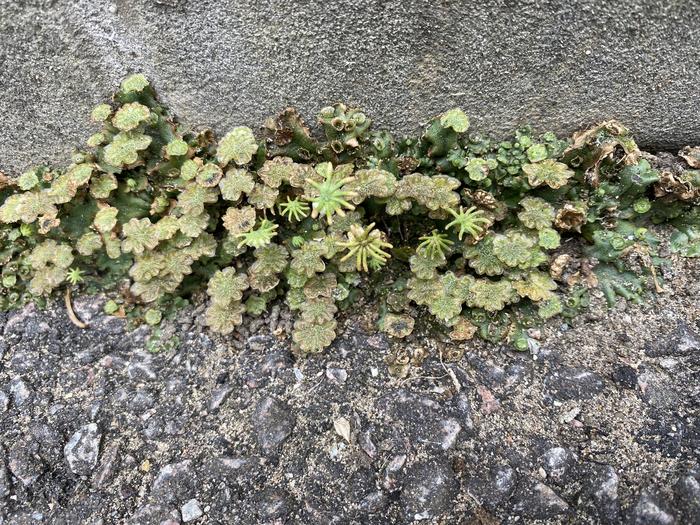A researcher from Norwich is part of a consortium that has been awarded $1.5 million to develop safer polio vaccines, using a new technique developed at the John Innes Centre.
The fight against polio has been one of the great success stories of modern medicine, with the disease already eliminated in much of the world. However, current immunisation programmes use attenuated ‘live’ or ‘killed’ virus vaccines, both of which carry a risk of live virus escaping back into the wild.
Now, Professor George Lomonossoff, of The John Innes Centre, is part of a University of Leeds-led research project “Generation of Virus Free Polio Vaccine”; the project aims to develop ways of constructing vaccines without using the live virus and exploring different methods for their production.
This grant from the World Health Organisation will fund the next phase of the study to find out which technique is most suitable for large-scale manufacture and world-wide distribution.
Professor David Rowlands, of the University of Leeds’ Faculty of Biological Sciences, who leads the project together with Professor Nicola Stonehouse, said:
“We know that our approaches create stable vaccines that are effective against the virus in the lab. The next stage is to show how they can be manufactured cost effectively on the scale needed to replace the current vaccines. The fundamental challenge is to build protein shells that are the same as the virus’ but that do not have any of the genetic material of the virus.
“Until now, the problem with this approach to developing a new polio vaccine has been that, though we’ve been able to create these empty virus-like particles (VLPs), they have been significantly less stable than the complete virus and were therefore not suitable for making vaccines. Our research has developed methods of building the genome-free particles for all three types of the virus with the stability we need.”
Professor George Lomonossoff said: “Growing large quantities of VLPs in plants is surprisingly easy and incredibly efficient. You simply introduce bacteria containing the genes for the VLP into the plant, which results in the plant’s cells making many copies of the VLP. The process, from introduction of the bacteria to harvesting the VLPs from the crushed leaves can take just a matter of weeks. The added beauty of this technique is that the risk of contamination with other human viruses using this production technique is significantly lower than some other vaccine production systems.”
The research consortium includes the National Institute for Biological Standards and Control (NIBSC), University of Oxford, University of Reading, and Pirbright Institute and uses high resolution structure facilities at Diamond Light Source.
Work at NIBSC led to the identification of new ways to stabilise polio VLPs without altering the structures of their shells and these VLPs are at least as stable to heating as the current inactivated polio vaccine. They also provide equivalent or better immunity to polio infection. What’s more, these VLPs can be stored without refrigeration for many months without significant loss of activity.
The lead scientist at NIBSC, Dr Andrew Macadam, said: “The approach we developed was remarkably effective and worked for all three types of polio so may have applications in the design of vaccines against other virus diseases. The challenge now is to transfer these designs to production systems that can deliver large quantities of VLPs cheaply so that a vaccine for global use is feasible.”
The teams at Leeds and Reading are developing methods of producing candidate vaccines in yeast and insect cells, which have proven success in the manufacture of VLP vaccines – for example against hepatitis B virus and papillomaviruses – while expression in plants is being developed at the John Innes Centre.
Although the principle of using plants rather than yeast and insect-based systems is well established, no major plant-based vaccine has yet been widely introduced.













